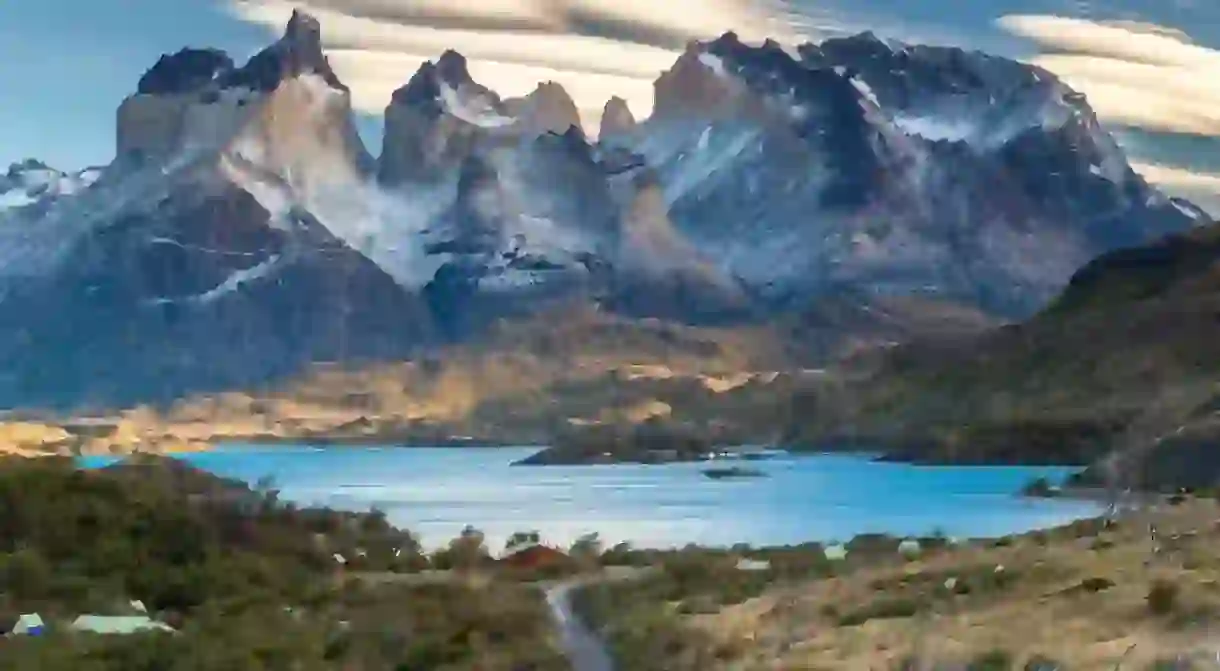15 Must-Visit Attractions in Argentina

Argentina is sought-after by tourists for its wide-ranging activities and geographical diversity. From the sweeping Patagonian panoramas to vast pampa grasslands, the South American country is a perfect location for nature lovers and explorers alike.
Perito Moreno Glacier
Natural Feature

Fitz Roy
Park

Iguazu Falls
Park
Nahuel Huapi National Park
Park

Quebrada de Humahuaca
Natural Feature

In Argentina’s northern province of Jujuy you have the dramatic Quebrada de Humahuaca, a gorge filled with colossal rock formations and dotted with indigenous Quechuan villages. A UNESCO World Heritage Site, Quebrada de Humahuaca is part of a major trade route called the Camino Inca that goes back some 10,000 years. Read all about it here.
Córdoba
Historical Landmark

The picturesque city of Córdoba, nestled at the base of the Sierras Chicas mountains on the Suquía River, draws tourists year-round, with many Argentine artists and nature-lovers calling it home. Famed for its Spanish colonialist architecture, the city boasts a vibrant cultural life. Here are some ideas of things to see and do while there.
Valle de la Luna
Historical Landmark

Mendoza
Natural Feature

Synonymous with wine, the city of Mendoza is lush in many respects. A beautiful city flecked with art deco architecture and green plazas in north-central Argentina, tourists flock to the Mendoza valley year-round to tour wineries, known as bodegas, and deepen their appreciation of Argentina’s storied wine culture. Check out the country’s best wineries here. If the Mendoza’s on your itinerary, don’t miss Zuccardi winery, Dolium, Domaine St. Diego, or Bodega Vistalba. All are great.
The Marble Caves
Historical Landmark

OK, technically, the Marble Caves are in Chile, but they are so very close to the border with Argentina and so beautiful that they must be included! Located in a lake straddling the two countries, the caves were carved out of marble over thousands of years by water erosion, resulting in cathedral-like arcs. Paddling through them is an otherworldly experience; check out these photos. The lake can be accessed from the Argentinian side via Ruta 40, but you will have to formally cross the border into Chile to reach the caves. More information here.
Southern Fuegian Railway
Historical Landmark

All aboard for the train to the end of the world! This gauge steam railway in Tierra del Fuego offers breathtaking journeys in the country’s southernmost tip. Train schedules and more information here.
Talampaya National Park
Natural Feature

Another UNESCO World Heritage Site, Talampaya National Park in the province of La Rioja offers everything from petroglyphs to condor sightings. The former are to be seen at the Talampaya Canyon, the latter really anywhere in the large high desert preserve, which neighbors the Valley of the Moon. You may also spot guanacos, maras, and foxes. Keep an eye out while you take in local flora at the park’s botanical garden. Talampaya National Park is huge, reportedly attracting 60,000 people a year, so plan your activities in advance.
Bariloche's myrtle forest
Historical Landmark

The story goes that Walt Disney himself spent time in Bariloche’s wondrous myrtle forest to study up on Bambi, but there’s little evidence to actually support that. No matter though, the groves are certainly magical enough to have inspired the classic animation film. Located within the Nahuel Huapi National Park, the forest – officially known as Los Arrayanes National Park – is located just outside the town of Villa La Angostura in the Llao LLao peninsula near Victoria Island. More information here.
Punta Tombo National Reserve
Historical Landmark

Otherwise known as penguin land, the Punta Tombo National Reserve boasts the largest colony of Magellanic penguins in the world. The best time to see them is after November. More information here.
Valdés Peninsula
Historical Landmark
Famous for sightings of the rare southern right whales and their calves (go in June), the Valdés Peninsula on the Argentine coastline abounds with animal and sea life, home to elephant seals, penguins and sea lions. Located in Chubut province, the Reserva Faunística Península Valdés has the deepest salt marshes in South America and attracts some 80,000 visitors per year. More information here.
>> Want to see more of the best that Argentina has to offer? Check out this extensive list of tours to know where to start!













